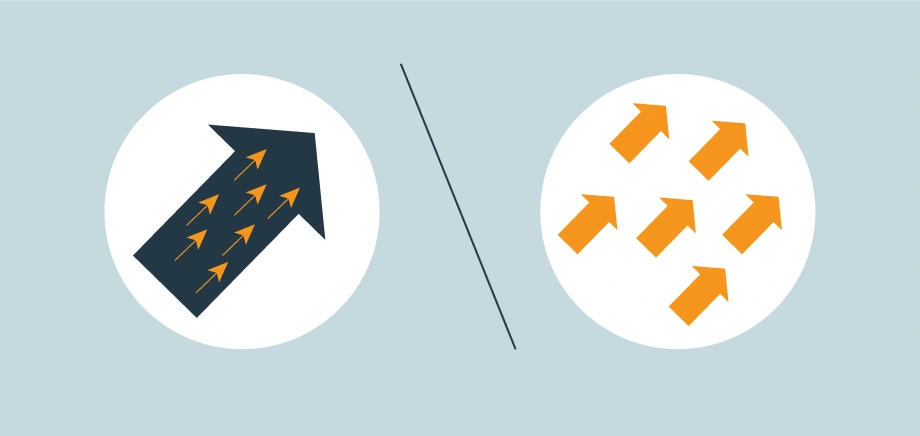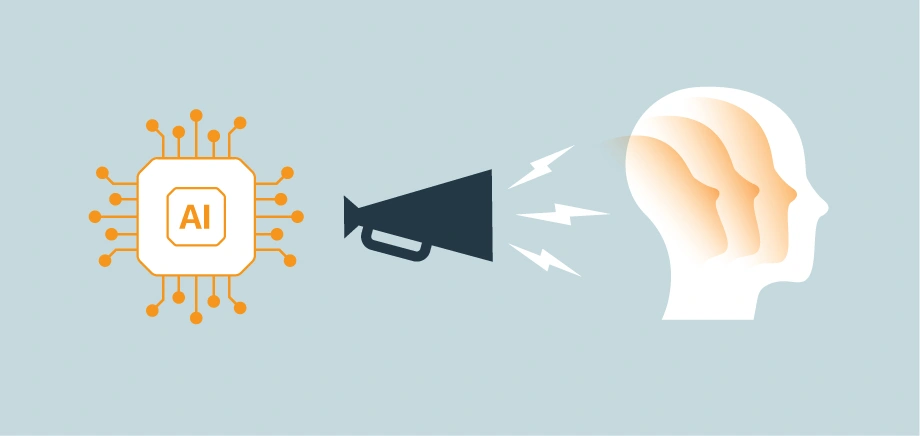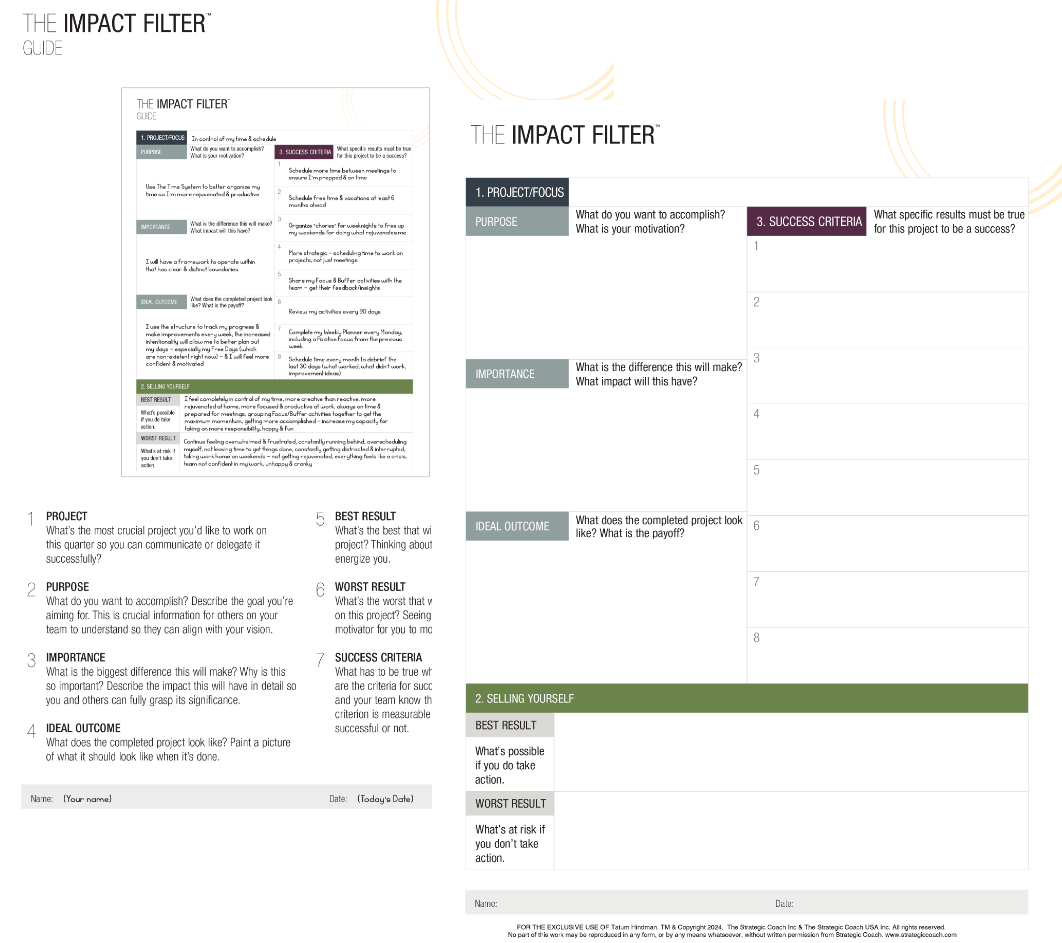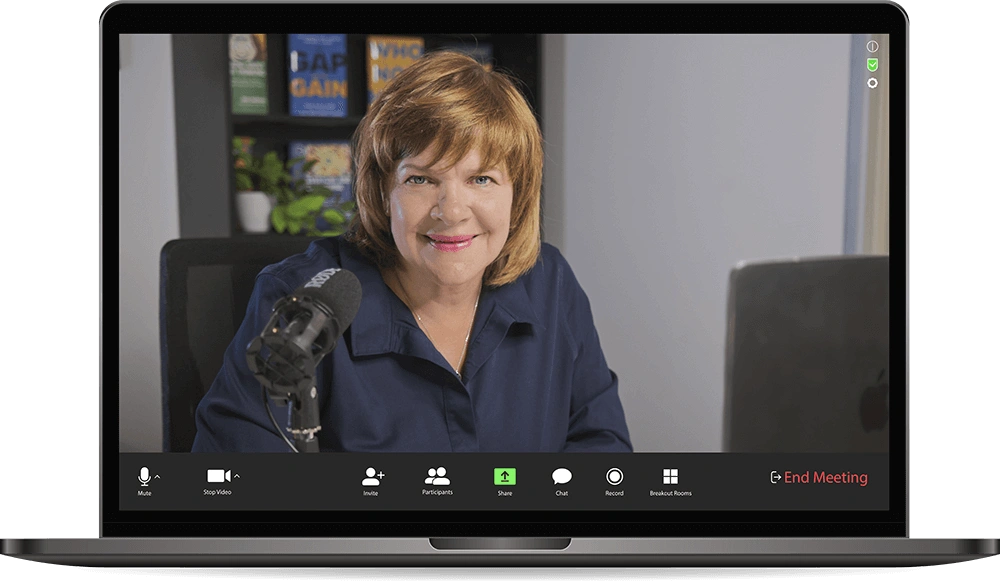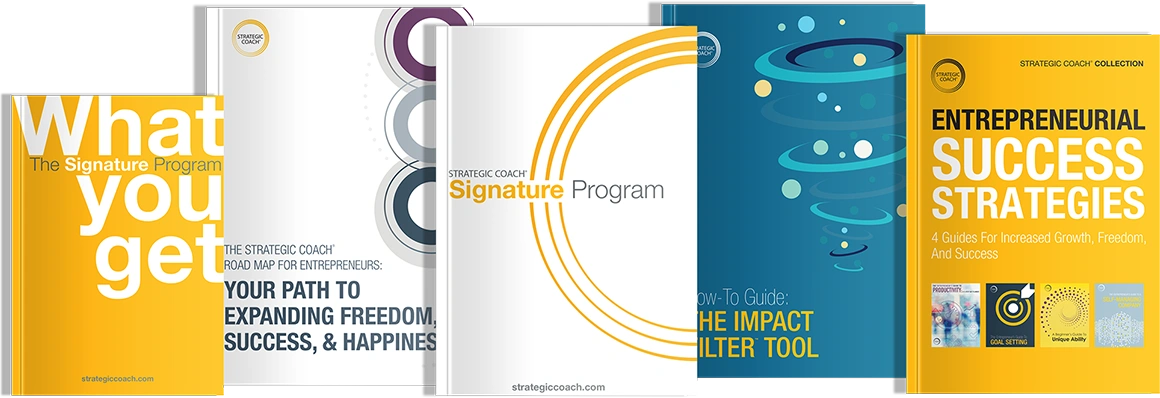Stuck In Two Roles? Why Straddling The Line Drains Your Business
I remember coaching a workshop of 29 entrepreneurs. I asked each person, “If you could spend all your time on just one thing in your business, would you rather be simplifying or multiplying?” Fourteen hands went up for simplifying, fifteen for multiplying. That moment was a revelation—not just for them, but for me.
Suddenly, it was clear why so many entrepreneurs feel stuck and frustrated: they’re trying to be both Simplifiers and Multipliers, when their real breakthroughs come from choosing one and finding a partner for the other. The concept immediately revolutionized their view of leadership and clarified their thinking. That simple insight changed the entire direction of the conversation—and for many, the direction of their business.
Are you juggling both the visionary and operator roles of business leadership? Maybe you’re the idea generator and the implementer all in one. You may have gotten used to doing it all, but that doesn’t guarantee you’re getting the desired results. If progress stalls, chances are you’re occupying both the Simplifier and Multiplier roles without giving either one the attention it deserves.
Simplifiers vs. Multipliers.
A Simplifier reduces complexity, turning tangled problems or processes into clear, manageable steps. Simplifiers clarify, refine, and streamline systems, making them easier to understand, implement, and maintain. Their strength lies in reducing confusion so that ideas and projects become accessible and actionable for everyone involved.
A Multiplier expands what’s already working, pushing ideas, products, or systems out into the world at scale. Multipliers thrive on growth, amplification, and new possibilities. They spot potential, connect with networks, and drive expansion into new markets or audiences, multiplying resources and impact for greater results.
Entrepreneurs often get stuck, not from a lack of drive but from wearing too many hats at once. Simplifier-Multiplier collaboration offers a way out of this trap. When you focus on your strengths and find a partner who brings the other side, you create conditions for growth that feel lighter and more sustainable.
The cost of straddling both roles.
Trying to simplify and multiply simultaneously leads to burnout, friction, and stalled growth. There may have been times when you were simplifying when you should have been multiplying, and multiplying when you should have been simplifying. Leaders who straddle both roles often experience:
- Constant tension between strategic thinking and tactical execution.
- The temptation to chase every opportunity and own every problem.
- Energy leaks and scattered focus.
- Poor decision making and delayed results.
Without clarity, every opportunity looks attractive, and every problem looks like yours to fix. This constant switching drains energy and slows progress. Instead of moving forward, you spin your wheels, wondering why you’re not gaining ground.
The two roles you must choose between.
Every entrepreneur is either a Simplifier or a Multiplier at heart. You’re better at one, and that’s the role you should commit to 100 percent. Trying to master both is like street racing with one foot on the brake. The breakthrough comes when you focus on your strengths and let go of the rest. In other words, once you commit to your role, put the hammer down and squeal those tires.
Straddling both roles keeps you stuck in friction. Real progress comes from radical collaboration. And in the best collaborations, these two wholes come together. You’re each doing something completely different and unique. A true 100 percent collaboration requires two people, each focused entirely on their side of the value equation.
When both parties commit fully:
- Competition disappears
- Trust grows
- Results accelerate
Consider the example of Steve Jobs and Steve Wozniak. Jobs multiplied Wozniak’s simplifications into a global movement. Neither could have done it alone. Wozniak’s brilliance would have stayed in the garage without Jobs’s relentless push to scale. Jobs’s vision would have been empty without Woz’s technical mastery. That’s the power of a Simplifier-Multiplier partnership in action.
How to make the shift (and stick with it).
You don’t need to be good at both roles; be exceptional at one. If you’re only 95 percent committed, you’ll be five percent thinking about the part of the collaboration you’re not responsible for.
To make the shift:
- Identify your core instinct: Are you energized by simplifying or multiplying?
- Let go of the belief that success means doing everything yourself.
- Build your support system, teamwork, partnerships, and collaborations based on complementary strengths.
When you trust your opposite to handle their side, you free yourself to focus on what you do best.
Straddling the line between Simplifier and Multiplier isn’t a noble endeavor. It’s exhausting, counterproductive, and inefficient. When you commit to your role and partner with someone who complements it, business becomes lighter, faster, and more scalable.
Once you’ve experienced the freedom of true collaboration, you’ll never want to go back.
